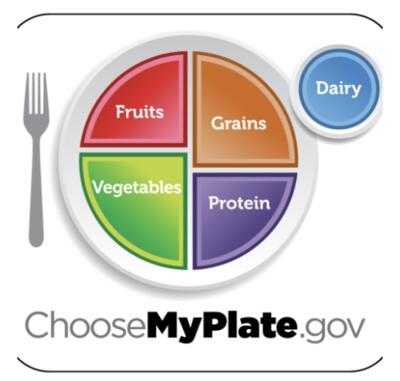Health Services

Intuitive Eating and Weight Neutral Health Promotion:
- Children that practice intuitive eating are less likely to experience eating disorders in the lifetime as well as minimize fluctuation in weight.
- Dieting in adolescence is associated with an increased risk for eating disorders and obesity over time, even when initial BMI is controlled for.
- Weight-focused health education can inadvertently increase weight-teasing and dieting behavior in adolescents.
- Longitudinal studies have shown that the effect of weight-teasing continues to have an effect on both girls and boys into young adulthood.
- Parents making comments about their own weight or their child’s are both linked to increased risk for overweight and eating disorders.
- The recommendation is for health teaching to be centered around teaching healthy habits for all students, without mentioning weight as an indicator of health or promoting intentional weight loss. Healthy body image, mindfulness, and media literacy is important to incorporate as well.
- How we talk about our own bodies and dieting habits around our children and students matters. Refrain from talking about diets/weight loss and model healthy body image.
- Permit children to listen to their body cues about hunger and satiety.
The Five Food Groups: Protein, Grain, Dairy, Vegetable and Fruit
Protein includes meat, poultry, seafood, beans, peas, eggs, nuts, seeds and soy products. Protein is full of many different nutrients that help build and strengthen our bones, muscles, skin, blood. It gives our bodies fuel to move.
Grain includes bread, pasta, oats, rice, cornmeal, breakfast cereals, tortillas and popcorn. Grains are full of nutrients including, iron, B vitamins, fiber, magnesium and much more. These help our bodies to heal, build a strong immune system, carry oxygen and aid in digestion.
Dairy includes milk, yogurt and cheese. Dairy give us protein, calcium and vitamin D. These help to strengthen our bones and teeth. They also helps build and repair the muscles in our body.
Vegetables come in many colors and textures, They are an important source of fiber, minerals and vitamins. Some vegetable also count as proteins such as peas and legumes, also known as beans.
Fruits Most fruits are naturally sweet. Some provide extra fiber for your body.
This site provides information using PDF, visit this link to download the Adobe Acrobat Reader DC software.

